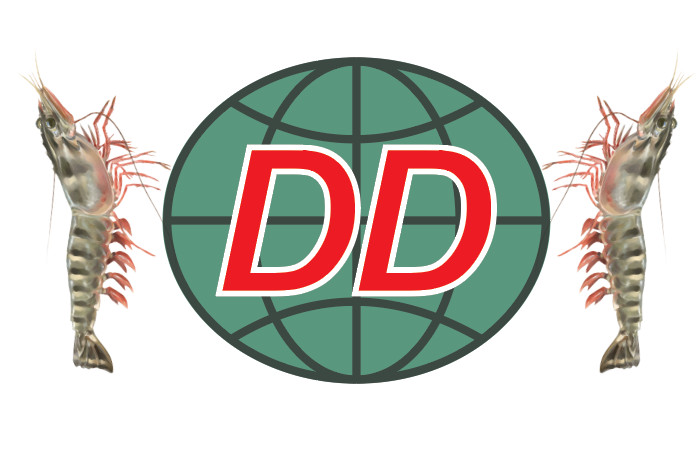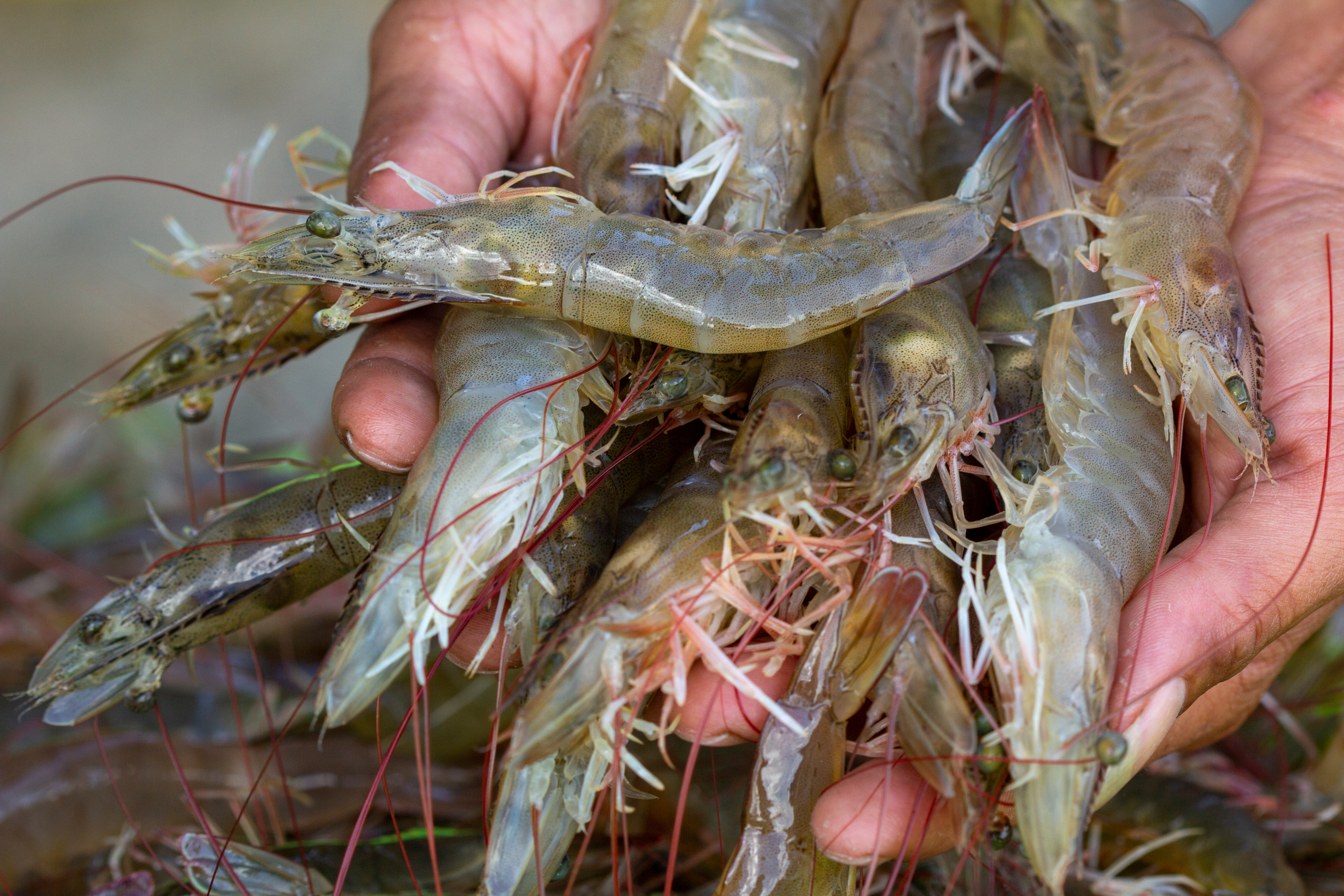Positive recovery momentum
In recent months, due to the impact of the Covid-19 epidemic, Vietnam's seafood export activities have faced many challenges. In particular, the epidemic has complicated developments in major markets of Vietnam such as the US, EU, Japan, and China.
According to the Association of Seafood Exporters and Producers (VASEP), the strong outbreak of Covid-19 and complicated global developments has caused seafood consumption to decrease, consumption trends to change, orders to decrease from 35% to 50%. Along with that, the social distancing caused domestic production and international trade to stagnate, enterprises suffered from a lack of processing materials, transportation and payment difficulties, leading to a lack of capital to maintain and restore operations.
Meanwhile, the restaurant and service sectors were also stagnated, causing the seafood consumption of this segment to decrease significantly, leading to a decrease in the price of seafood products in the world market. The prices of staples were all reduced, causing a sharp drop in the revenue of exporters.
However, the efforts of enterprises to overcome difficulties and restore production activities have brought positive results to this industry in recent months. According to statistics from the General Department of Customs, in July 2020, the country's seafood export turnover reached US$796.3 million, up 0.8% over the same period in 2019. Thus, seafood exports in May 7 continued its recovery after gaining 0.3% in June 2020.
In general, in 7 months, seafood export turnover reached 4.4 billion USD, down 6% compared to the same period in 2019. In which, the US continues to be Vietnam's potential market when exports to this market increase. 20.8% compared to July 2019, reaching 184.35 million USD. Seafood exports to the EU market during this period also showed signs of improvement when it decreased by only 2.3% compared to July 2019, while the decrease in previous months was above 18%. Seafood exports to the Japanese market are still facing difficulties and exports to China decreased again.
According to VASEP, the Covid-19 epidemic is still complicated in the world and continues to affect Vietnam's seafood exports. However, it is forecasted that seafood exports will gradually recover in the third and fourth quarters of 2020, export turnover of the whole year can reach 8.26 - 8.3 billion USD, down 3.8% compared to 2019.
Local efforts
Binh Dinh is considered as one of the localities with outstandingly developed seafood industry, contributing a large output to Vietnam's seafood industry. From the beginning of the year until now, the total fishing and aquaculture production of Phu Cat district (Binh Dinh) has reached more than 30,100 tons, reaching nearly 70% of the plan and increasing by 3,700 tons compared to the same period in 2019.
In order to achieve the target of total fishing and aquaculture production in 2020 of 43,000 tons or more, Phu Cat district will continue to strengthen inspection, review, consolidation and establishment of new groups in the coming time. , team solidarity at sea; promote the development of offshore fishing vessels to increase fishing efficiency and output; encourage fishermen based on each fishing ground where aquatic resources appear, to arrange appropriate fishing in order to save costs, reduce fuel consumption, and achieve high efficiency.
According to Vice Chairman of Binh Dinh Provincial People's Committee Tran Chau, the local seafood industry has experienced outstanding growth, always playing the role of a spearhead economic sector of the locality with an average increase in the value of seafood production by 6.3 - 6.5%/year; exploitation increased by 9.4%/year, farming increased by 7.6%/year.
The implementation of policies to support fishery development helps fishermen have conditions to develop offshore fishing fleets to reach the sea to increase economic efficiency, contributing to protecting the country's sovereignty over sea and islands. Currently, Binh Dinh has a fleet of more than 6,000 fishing vessels engaged in fishing activities. In which, more than 3,000 fishing vessels with a length of 15m or more operate in the high seas. The output of exploited aquatic products will reach 200-230 thousand tons/year; tuna production alone reaches 10,000-13,000 tons/year.
In order to promote the value of the collective trademark of Binh Dinh Ocean Tuna, which was certified by the National Office of Intellectual Property in 2018, Binh Dinh has effectively implemented the chain of tuna exploitation, purchasing, processing and consumption. The Ministry of Agriculture and Rural Development and the Japan International Cooperation Agency (JICA) support the application of fishing technology to help fishermen improve product quality.
Mr. Chau said that the locality now has more than 4,000 hectares of shrimp farming area. In which, more than 2,000 hectares of hi-tech shrimp farming area of investment enterprises. People step by step apply science and technology in whiteleg shrimp farming, integrated aquaculture, freshwater, saltwater and brackish aquatic products, bringing high economic efficiency. In the field of aquaculture, whiteleg shrimp farming has the highest added value, accounting for 84.7% of the total farming value and accounting for 11.3% of the total added value of the fisheries sector. Quality aquaculture products have contributed to increasing the value of seafood processing and export industries. Up to now, the province has 5 enterprises processing and exporting seafood with a total turnover of about 400 million USD/year.
In particular, in fishing activities, the People's Committee of Binh Dinh province has assigned the Department of Agriculture and Rural Development to assume the prime responsibility for, and coordinate with the provincial police, provincial border guards, and coastal local authorities to strictly enforce the Fisheries Law and regulations. combat illegal, unreported and unregulated fishing (IUU fishing); ensure the operation of the force enforcement task of controlling fishing vessels entering and leaving the port, product loading and unloading activities, certification and certification of the traceability of aquatic products. Strengthen the management of fishing activities in the locality, in order to prevent and stop the situation of Binh Dinh fishing vessels violating foreign waters and violating IUU fishing.
As for the People's Committees of coastal districts, towns and cities, in addition to promoting the propagation of the Fisheries Law and IUU regulations, it is necessary to strengthen coordination with relevant agencies to request that ship owners be administratively sanctioned. execute the sanctioning decision. If the ship owner does not comply, organize enforcement according to regulations. Any locality that allows fishing vessels to violate foreign waters must be held accountable to the Chairman of the Provincial People's Committee...
Before the positive recovery of the seafood industry, according to VASEP, there are still optimistic signs for exports as retail sales in the world market remain stable or increase for frozen, canned and marinated seafood. and smoked with a longer shelf life.
In particular, the EVFTA Agreement takes effect from August 1, 2020, this is a favorable factor for Vietnam's seafood exports in the last months of 2020. Especially those items that enjoy tax return to 0% as soon as possible. The agreement takes effect such as black tiger shrimp, frozen white leg shrimp, processed squid and octopus.

